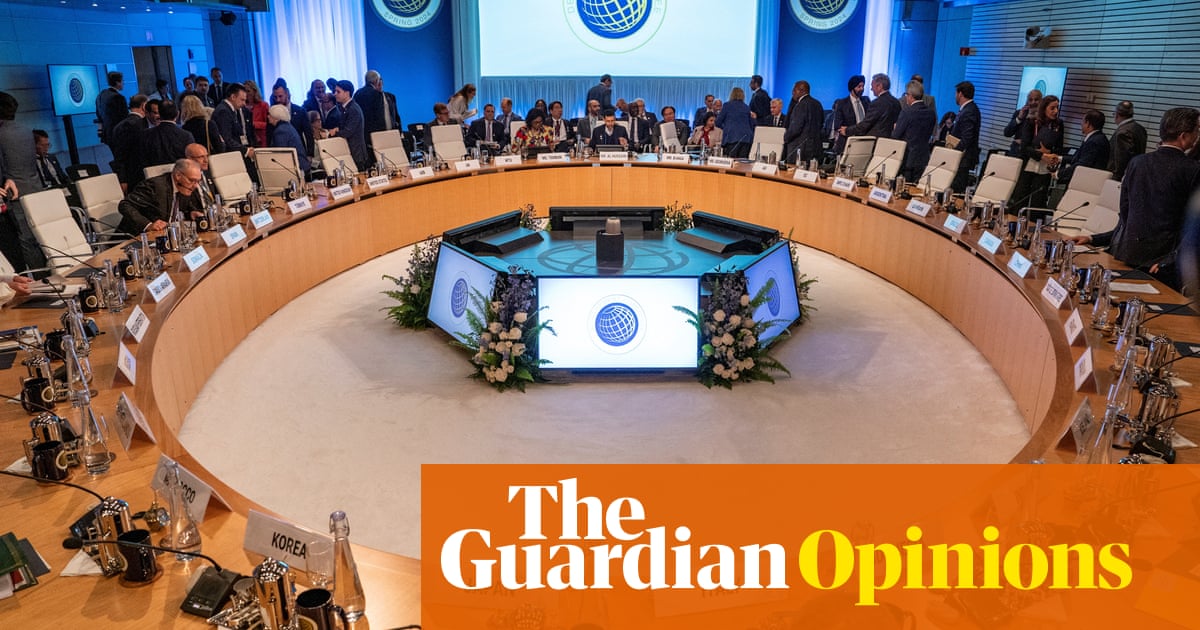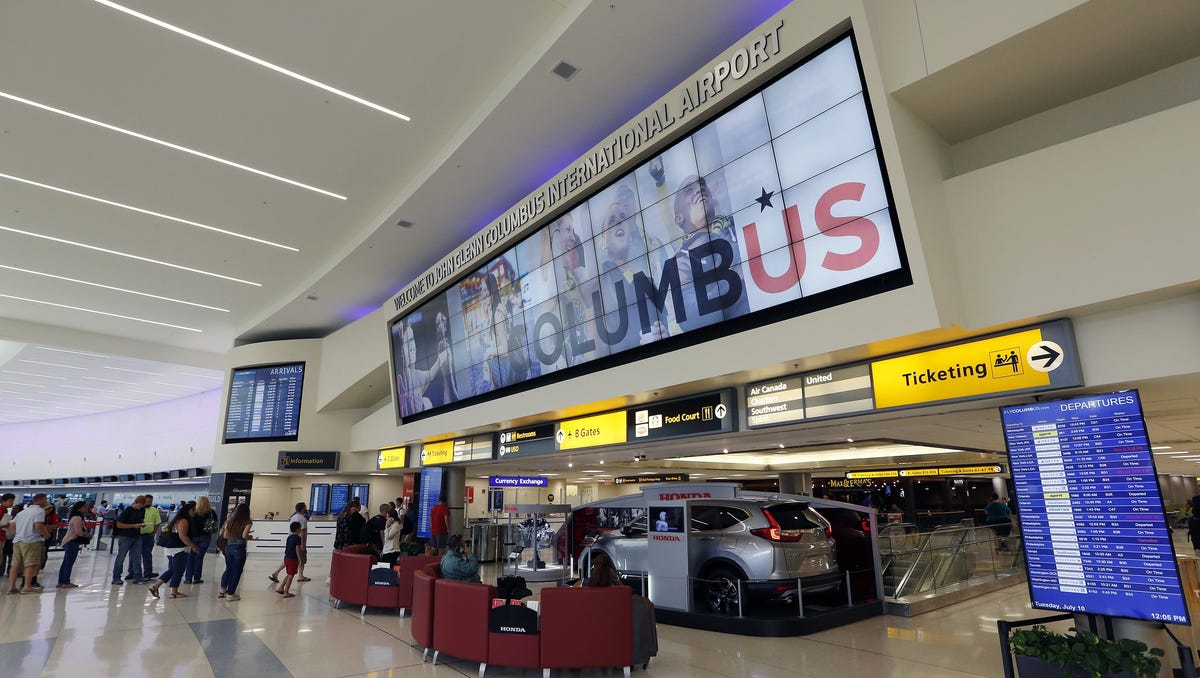World
Most difficult global outlook for a century heralds end of US-led world order | Larry Elliott

The 2020s are almost halfway over and are on course to be the most difficult decade for the global economy since the 1930s. Every finance minister and central bank governor at the spring meeting of the International Monetary Fund in Washington last week knows that, even if they were not prepared to admit it publicly.
The IMF likes to look on the bright side. It revised up slightly its forecast for global growth and now thinks scarring from the coronavirus pandemic and the cost of living crisis will be less severe than it originally feared. Interest rates have risen without triggering the recessions that were predicted. A soft landing has been finessed. The performance of some countries – the US and India to take two examples – has been strong.
This analysis is only true up to a point. There has been plenty of scarring in the poorest and weakest countries, and in the developed world the US is the outlier, with performance markedly worse in Europe. Medium-term growth prospects remain poor.
The big cloud hanging over the gatherings of the IMF and the World Bank was the possibility that Iran’s missile attack on Israel would lead to a full-blown conflict and have the same deleterious impact on the global economy as Russia’s invasion of Ukraine in 2022.
For now, those fears have not materialised. Israel duly retaliated with missile strikes of its own but Tehran and Tel Aviv seem keen to avoid all-out war. Oil prices rose but not by much. There has been no repeat of 1973, when the Yom Kippur war led to a more than fourfold increase in the cost of crude, amplifying already strong inflationary pressures in the west.
The global economy could do without a repeat either of 2022 or 1973 because the battle against inflation is not going quite as smoothly as it seemed to be a couple of months back. Jerome Powell, the head of the US central bank, has responded to higher than expected price pressures by hinting there would be a delay in US interest rates coming down. A few months back there was talk on Wall Street of six or seven cuts in US interest rates this year. Now it is conceivable there will be none at all.
Meanwhile, the Bank of England governor, Andrew Bailey, said the profile of UK inflation was unbalanced, with big falls in household energy bills offset by service sector inflation of 6%. Threadneedle Street sees service sector inflation as a good guide to cost pressures being generated by the domestic economy. It will want to see further easing of that pressure before cutting rates from their current level of 5.25%.
So, it’s obvious why the IMF is monitoring events in the Middle East carefully and with some trepidation. The global economy has only just come out of intensive care and badly needs a period of calm in order to recover. It could do without the damage that oil prices soaring to well over $100 would provide in the event that the Middle East takes a turn for the worse.
As it happens, there was more focus in Washington last week on the war in Ukraine than there was on what might happen in the Middle East. The US Congress agreed to a new aid package for Kyiv, while the G7 is looking at ways of using the interest on seized Russian assets to support Ukraine.
The reality is that Russia’s economy has stood up far better to sanctions than was predicted two years ago. The IMF has revised up its growth forecast for Russia this year and next.
In part that is because of the boost to industrial production needed for the war, but it is also because Russia has found plenty of customers for its energy exports. The war has highlighted and widened the gulf between the rich countries of the global north and the big emerging countries of the global south.
Kristalina Georgieva, the IMF’s managing director, said support for Ukraine remained “steady and firm” but that’s not really the case. Kyiv is backed by the G7 countries but not by many big emerging economies such as South Africa.
after newsletter promotion
The G7 has made a stand in Ukraine but not over equally brutal – but less well-covered – wars in the developing world. When the G7 asks for a show of solidarity to oppose Russian aggression, they ask where the solidarity was during the pandemic, when rich countries took the lion’s share of the vaccines. They want to know why G7 countries have cut their aid budgets and why a debt crisis has been allowed to fester. They have a point on all counts.
In truth, not a lot happened in Washington last week. There was the usual flurry of reports but not much else. Beneath the surface, however, something much more important is going on, and that is the breakup of the American-dominated form of globalisation.
The model involved western companies outsourcing manufacturing to China and other low-cost destinations, and for a while it delivered cheap goods, which kept inflation low and made life easy for central banks.
Those days are now over. The US and Europe want to protect jobs by limiting imports of Chinese goods and subsidising their own manufacturing sectors. Only last week, Joe Biden called for a tripling of tariffs on Chinese steel in a move designed to appeal to blue-collar workers in swing states.
This is not the first time this has happened. The pre-first world war era of globalisation fell apart as a result of war, a pandemic, inflation and protectionism. Little by little, history is repeating itself.









